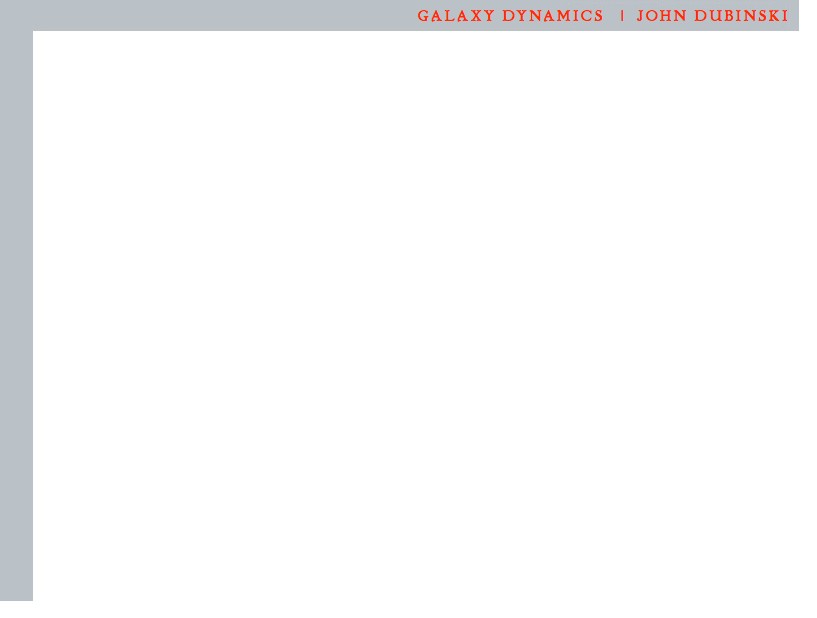



"We find them smaller and fainter, in constantly increasing numbers, and we know that we are reaching into space, farther and farther, until, with the faintest nebulae that can be detected with the greatest telescopes, we arrive at the frontier of the known universe." 2. Galactic Encounters (3:11) The dark matter provides the framework for the universe but what we see are the galaxies - vast islands of stars and gas that form at the centre of the dark halos. The galaxies themselves can gather into enormous clusters with hundreds and even thousands of members. There is little breathing room for a galaxy in a cluster and soon strong interactions and collisions ensue as the galaxies fall together. Galaxies are diaphanous objects - puffs of smoke easily torn apart by the forces of gravity and many merge together into an amorphous central blob of stars while others are left severely damaged. Here we watch a hundred galaxies fall together into a forming cluster. Our perspective is from a starship flying into the cluster starting several million light years away and cruising to within a hundred thousand light years of the giant elliptical galaxy forming at the cluster centre. As we fly through, we observe the merging and tidal disruption of many spiral galaxies as they orbit within the cluster. Ten billion years elapses within about 3 minutes so time passes at a rate of 50 million years per second! |

|